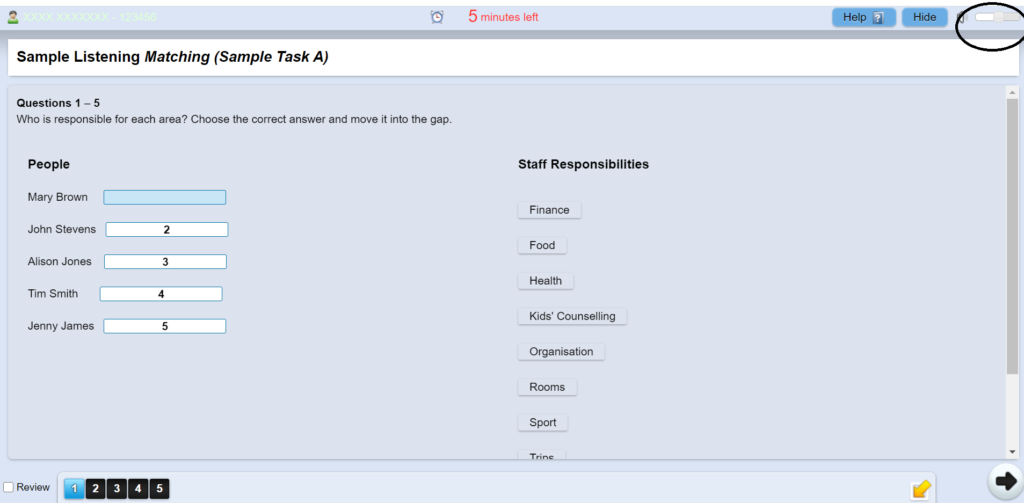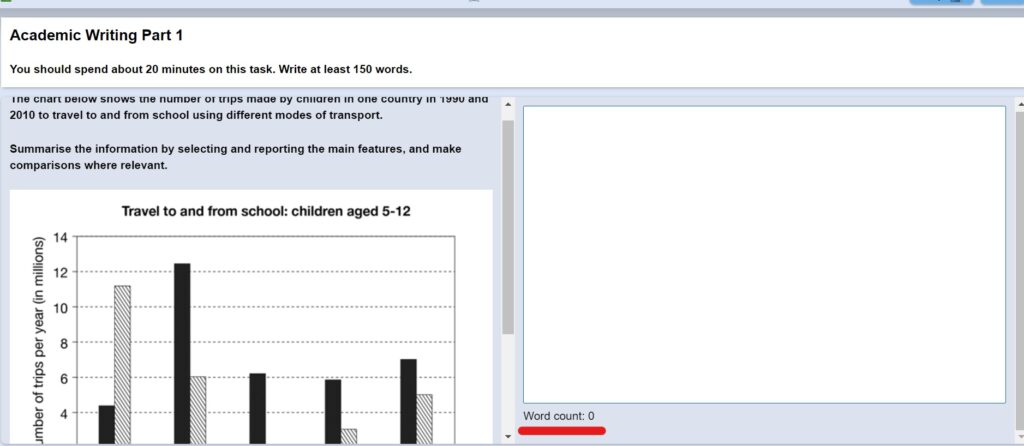Since the Computer based test for IELTS has come into the picture, we have many aspirants asking about what are the advantages and disadvantages of taking the same.
I always have a neutral view towards both formats and it should purely be chosen according to the skills and requirements of the students. Many students tend to get anxious for the initial minutes of the exam and at that moment you should not have something unfamiliar bothering you and adding any extra pressure. If you are good with computers and the keyboard, CBT is the way to go for. Otherwise, for all the people familiar with Pen & Paper, PBT mode is best.
The focus should be on the ultimate goal, the test. So the medium should not become a cause of worry. Instead, it should add to your speed and become an asset. So chose wisely. Read along this blog to understand the nuances of a Computer-based test for both the Academic IELTS test and the General IELTS test.
The world has become tech-savvy and so has IELTS, one of the most popular tests of English proficiency for higher education and migration.
With computer-delivered IELTS in place, there are more test dates and centers available for taking the test. Test takers have the advantage to choose IELTS at a time and center convenient for them. Apart from this, they will receive their results in just 3 to 5 days.
The TRF, structure, timing (to an extent), and the content of the test is the same whether you take the test on paper or computer. The Speaking test is always a face-to-face interview with a certified IELTS Examiner. So the major difference comes in three sections majorly.
You will be taking the Listening, Reading, and Writing test using a computer, in case you opt to take a computer-based test.
Let’s have a look at what is different in CBT.
- For each section, there is a clock at the top of the screen which tells you how much time you are left with. For reading and writing, the clock will turn red and flash when you are left with 10 and 5 minutes. With the completion of the time, the test automatically stops and gets submitted.
- Instructions are mentioned at the top.
- You can use the navigation bar below to move from one question to another. You can click on Review if you want to look at the question again later. The question number gets circled.
- You can change your answer at any time, until the end of the test.
- You can change the size and color of the text using settings.
- While leaving the test room for a few minutes, you can hide your screen and resume when you are back.

The screen of Computer Delivered Test
Let’s take an understanding of the CBT, section wise.
LISTENING:
The timings are slightly different from the paper-based test, only in the Listening Section as the paper-based test requires the test takers to transfer the answers to the main answer sheet. This step is not required while answering directly on a computer.
The timing of the Listening test in a Computer-based test is between 30 – 34 minutes.
You can change the volume using the volume button at any time during the test. Before the beginning of each part of the Listening, you have some time to read the questions and some time to review the answers at the end of each part. Towards the end of the listening test, one has 2 minutes to check the answers.

READING:
In this section, the text or the passages are on the left and the question on the right. You need to use scroll bars to see them completely. For some questions, you need to choose an answer, while for others you need to write words. Sometimes, you even need to drag and drop your answer.
For highlighting the text, you need to select the text and right-click to choose highlight. You can make notes using the same procedure.

WRITING:
There are two parts in the writing section and just like the paper-based test; you can answer the parts in either order, here as well. You have the question on the left and you write the answer on the space towards the right. The answers are saved automatically. Also, there is a word counter to make your job easy.

SPEAKING:
As mentioned earlier, the Speaking test is always a face-to-face interview with a certified IELTS Examiner, irrespective of the mode you choose to write your test.
Hope I was able to clarify your doubts and helped you choose the right option as it is important to feel calm and confident when you take the test.
You can practice the Computer Based Test on the official site here
The above CBT exam practice test is highly recommended for all aspirants and you should attempt it to be prepared for the exact interface that is going to be used during the actual test. Take out time for the same as the three sections of Listening, Reading, and Writing will begin simultaneously. You have to spare 2 hours and 40 minutes before starting the exam on the above link.
If you want to know more about IELTS exam, the sections, format, and the challenges they offer, please go through an in-depth video training blog here. We have tried to explain every section in detail with variations that are expected for the academic and general test for the exam. It will clear all the questions you have in mind before starting the preparations.
Feel free to share your suggestions and feedback in the comments below. You also write to us at ieltsintellect@gmail.com
You can subscribe to our newsletter here. We will keep you posted with all the latest resources related to the IELTS exam. Visit the courses section on the home page to understand the various options we offer our students and how the same can help them achieve their desired bands if at all they are looking for some expert guidance for the exam.
Found an interesting article on Mind Mapping, which can help to get organized and all geared up for the exam, do read it here https://jkrao.in/learning-tool/
If you want to get more acquainted with the digital world you can visit here.


Pingback: Mind Mapping as Effective learning tool - jkrao blog
Pingback: How to Become a Master Writer and Photographer on Your Travels Abroad – IndiaKhoj
Pingback: What is the advantage of a computer based IELTS - Hands On IELTS
Pingback: 08 Points to Improve IELTS Listening Score. - ieltsintellect.com
Pingback: Last minute tips for IELTS - ieltsintellect.com